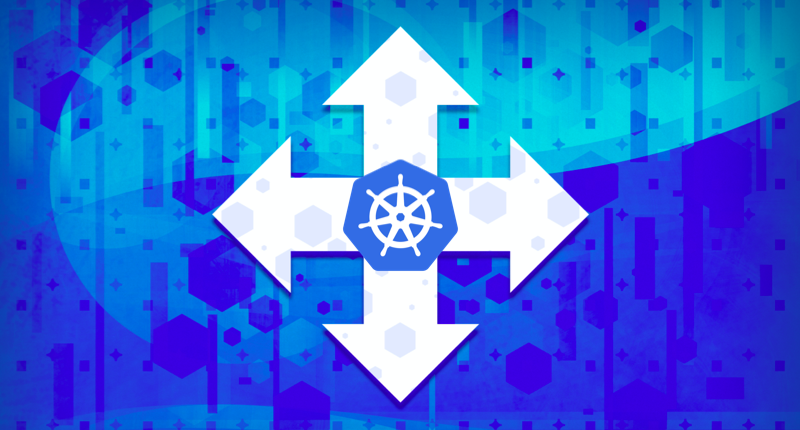Welcome to our detailed exploration of Kubernetes PODs! In this guide, we'll delve into the fundamental concepts, functionalities, and best practices associated with PODs in the Kubernetes ecosystem.
POD

Before delving into understanding PODs, let's assume the groundwork is set. This involves having the application developed and transformed into Docker Images, available on a repository like Docker Hub for Kubernetes to fetch. Additionally, the Kubernetes cluster is up and running, whether it's a single-node or multi-node setup, with all services operational.
In the realm of Kubernetes, the primary goal is to deploy applications as containers on a cluster's worker nodes. However, Kubernetes doesn't directly place containers onto these worker nodes. Instead, it utilizes a Kubernetes object called PODs to encapsulate these containers. A POD represents a single instance of an application and stands as the smallest unit you can create within Kubernetes.
To elaborate further, PODs serve as an abstraction layer, wrapping one or more containers that collectively form an application. These containers within a POD share networking and storage resources and are scheduled together onto a single node within the cluster. They facilitate the execution of a cohesive set of functionalities that compose an application while ensuring these components can communicate and work together seamlessly. Essentially, PODs act as the basic building blocks that Kubernetes manages and orchestrates to deploy and scale applications across the cluster's nodes.
Scaling Applications with Kubernetes PODs

In the context of Kubernetes, consider a scenario where a single-node cluster hosts your application encapsulated within a single Docker container inside a POD. As the user base grows, necessitating scalability, additional instances of the application are required to manage the increased load. However, the question arises: where should these additional instances be initiated?
Expanding the application's capacity doesn't involve creating new container instances within the same POD. Instead, the solution lies in generating entirely new PODs, each housing a new instance of the application. Consequently, this leads to multiple instances of the web application running on separate PODs within the same Kubernetes node or system.
In a scenario where the user base continues to escalate, and the existing node lacks sufficient resources, further scaling becomes essential. This involves deploying additional PODs on a new node within the cluster, thereby expanding the physical capacity of the cluster by integrating a new node.
This demonstration emphasizes a fundamental principle: PODs typically maintain a one-to-one relationship with the containers executing your application. Scaling up involves creating new PODs, while scaling down necessitates the removal of PODs. Notably, scaling your application does not entail adding more containers to an existing POD.
Multi-container Pods for Enhanced Application Support
While the standard practice is to maintain a one-to-one correlation between a POD and its containers, Kubernetes allows for scenarios where a single POD can contain multiple containers. However, it's essential to note that these additional containers are typically not replicas of the primary application container within the same POD.
In situations where auxiliary processes or tasks are necessary to support the main application, multiple containers can coexist within a single POD. For instance, a helper container might handle tasks like processing user-input data or handling uploaded files, functioning in conjunction with the primary application container. This setup enables these helper containers to operate alongside the application container within the same POD.
The advantage of housing these containers together within a single POD lies in their tightly coupled lifecycle. When a new application container is spawned, the associated helper container is also created within the same POD. Similarly, when the application container ceases to exist, the helper container is also terminated since they share the same lifecycle.
Moreover, these co-located containers can establish direct communication by referencing each other as 'localhost' since they share the same network namespace. This allows seamless interaction between the containers without the need for external network configurations. Additionally, they can easily share the same storage space, simplifying data exchange and storage operations.
By leveraging this capability of multiple containers within a single POD, Kubernetes enables the creation of cohesive units comprising the main application container along with supplementary helper containers, facilitating collaboration and close coordination between these interconnected components.
Understanding PODs in Contrast to Basic Docker Containers
If we shift our focus momentarily away from Kubernetes and consider managing applications solely through Docker containers, the initial deployment often involves straightforward commands like 'docker run python-app', allowing the application to function smoothly. As user traffic increases, additional instances are deployed by executing 'docker run' commands multiple times, effectively handling the load.
However, as the application evolves, it may become more complex, undergoing architectural changes and incorporating new auxiliary containers aimed at assisting the web application by processing or fetching external data. These auxiliary containers maintain a one-to-one relationship with the application container, necessitating direct communication and data access between them. Achieving this within Docker necessitates manual management, including establishing container connections using links and custom networks, configuring shareable volumes, and maintaining a map of container interdependencies. Crucially, monitoring the state of the application container becomes essential to manually manage the lifecycle of associated helper containers.
The introduction of Kubernetes and its use of PODs simplifies this intricate process significantly. With Kubernetes, defining a POD encapsulates multiple containers, ensuring they share the same network namespace and storage by default. Crucially, the PODs manage the collective fate of associated containers, automatically creating and terminating them as a cohesive unit.
Even if an application initially functions with a single container, Kubernetes encourages encapsulating it within a POD. This practice prepares the application for future architectural changes and scalability.